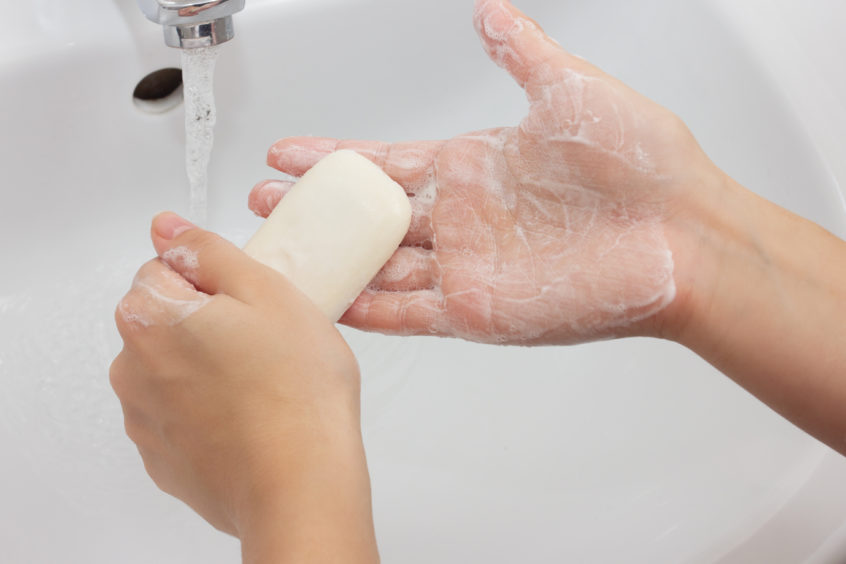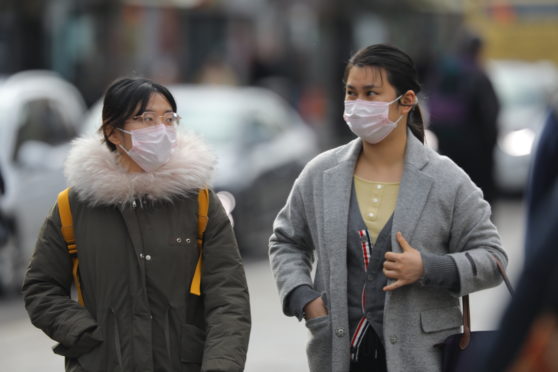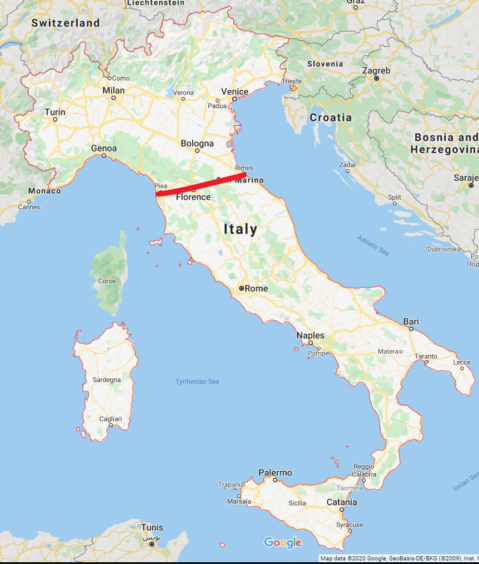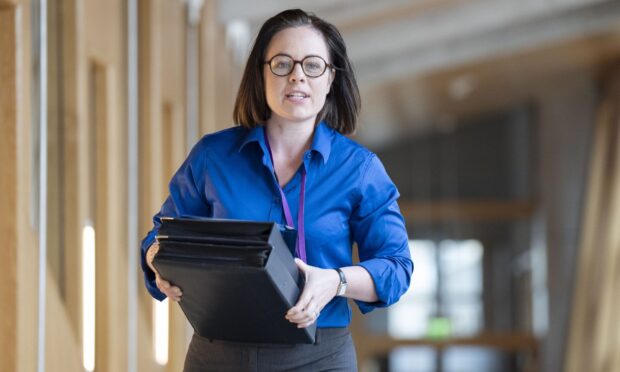With a Tayside patient proving positive for coronavirus, it is understandable people will have questions on what the disease is and how likely it is to spread.
It is worth noting as of Monday morning, the UK was 17th on the list of countries with confirmed cases.
Of the 20 countries with the most confirmed cases only five are in Europe, with the large majority of incidences still affecting the Asian continent.
NHS Scotland has updated the risk of people catching the virus from low to moderate, meaning it is likely the disease will spread over the coming months and is worth knowing about.
We still do not know exactly how the virus spreads, but scientists agree due to it being a virus it is most likely passed on through coughing and sneezing.
The virus itself cannot live for long once it has left the human body.
But there are steps we can all take to limit the spread of the virus.
I think I have coronavirus
Have you returned from any of the following countries or regions within the last two weeks?
- Cambodia
- China
- Hong Kong
- Iran
- Italy – only northern Italy (anywhere north of Pisa, Florence and Rimini)
If you have returned from Italy, north of the Red Line (above) you may need to consult health professionals. - Japan
- Laos
- Macau
- Malaysia
- Myanmar (Burma)
- Singapore
- South Korea
- Taiwan
- Tenerife – only the H10 Costa Adeje Palace Hotel
- Thailand
- Vietnam
If so, the official guidance in the first instance is to seek medical advice using the NHS 111 service.
The step-by-step questionnaire will take you through the screening process and advise on what next steps you should follow.
Answering the survey will also tell you if you need to self-isolate.
If you:
- Have not been to a country with a serious outbreak
- Are not showing any symptoms
- Have not been in contact with a confirmed case
Then you do not need to seek advice from a doctor to see if you have contracted the virus.
Isolation
If you have been to any of the above countries and you’ve phoned the GP or NHS 111 telling them you have a cough or feel unwell, it is likely you will be asked to self-isolate.
First off, this means do not go into work, school or university.
Stay off the bus and try and not get into any taxis.
Leave supermarkets to your friends and family – if you need something you will need to ask them to go and get it for you.
Order food and clothing to be delivered.
Friends and family and the pizza-delivery driver will be fine dropping food, drink and supplies to you – provided you wash thoroughly before they arrive (see below). Unfortunately they won’t be able to stick around for a cup of tea.
You might need to stay at home for up to 14 days, to prevent any possible infection spreading to the rest of us.
Hand washing
Happy Birthday (twice through), God Save the Queen, the first verse of Love Me Do – all songs you can sing-along with to time washing your hands.
Regular shop-bought bars of soap are sufficient in stopping the virus from spreading and you can also use hand sanitiser or anti-bacterial gel if you wish.

Make sure to wash between each finger and thumb, the backs of your hand, the palms and fingers and up to the wrists – before drying off with a towel or hand dryer.
Washing your hands regularly is what experts readily admit is the best way to prevent infection and disease spreading – don’t be scared of a little soap and water.
Coughs and sneezes spread diseases
If you have to cough or sneeze, try best to cover your mouth and nose.
This is best done with a handkerchief or napkin. A sleeve would also do. Avoid using your hands but if needs must, remember to wash them thoroughly straight afterwards.
Throw away any used tissues as soon as possible.
Symptoms
The symptoms of coronavirus are:
- A cough
- A high temperature
- Shortness of breath
But, these symptoms themselves could be caused by diseases and infections other than coronavirus – including the common cold and the flu.
Again, the best advice from NHS Scotland is to check through the NHS 111 service, especially if you have returned from one of the above listed countries.












